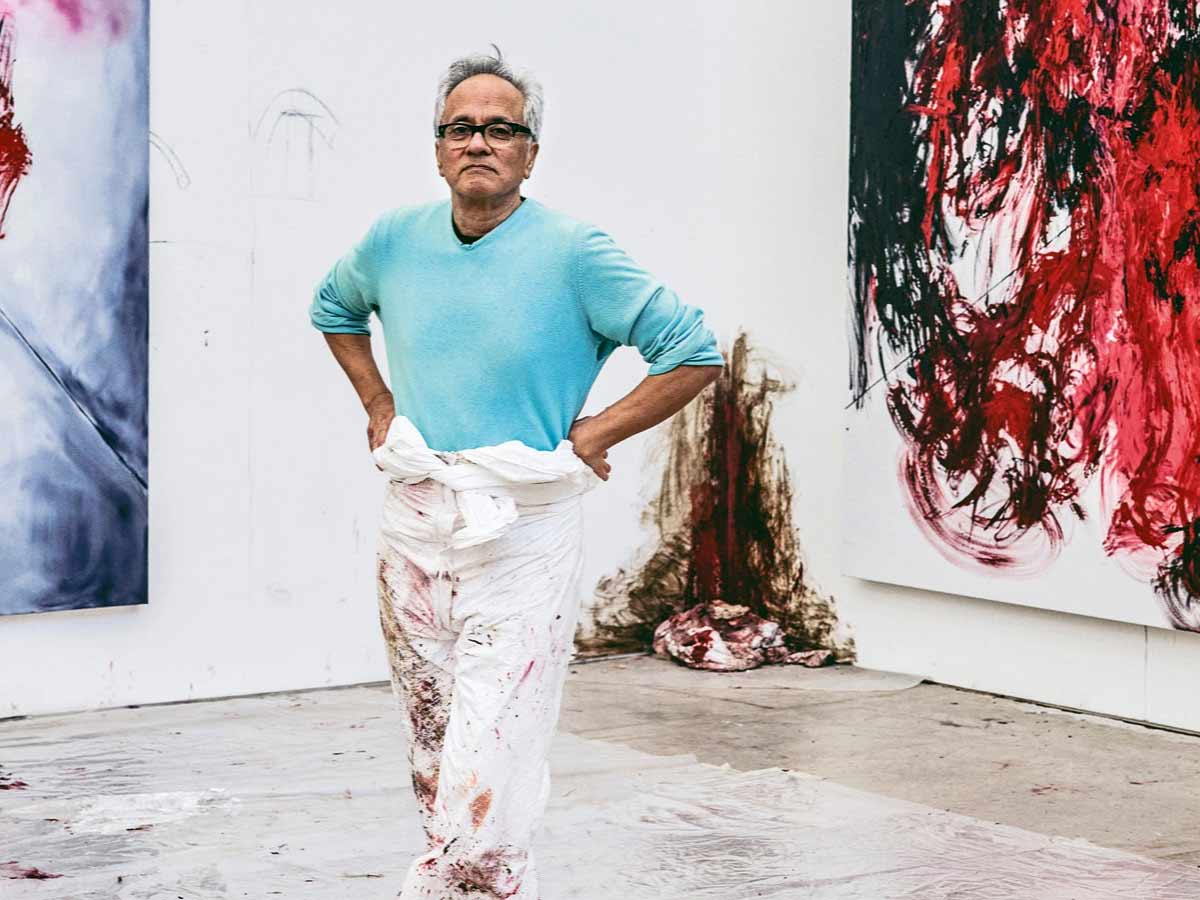There are several types of Indian music: classical, folk, and pop music. India has been blessed with a variety of gifted musicians who have intrigued listeners with their art from all over the world. Let’s look at the following Indian musicians that you’re supposed to add to the playlist.
Ustad Bismillah Khan

Khan, a spectacular Shehnai player, was a musician who understood through his art the nature of Indian culture. His name will be synonymous with Shehnai forever, the instrument he made famous through his music. Ustad Bismillah Khan is an iconic Indian music figure and has performed at national events such as its first Independence Day and the country’s first Republic Day. Honorable awards such as the Bharat Ratna, Padma Vibhushan, Padma Bhushan, Padma Shri, and Sangeet Natak Akademi Award have been given to him.
Pandit Ravi Shankar
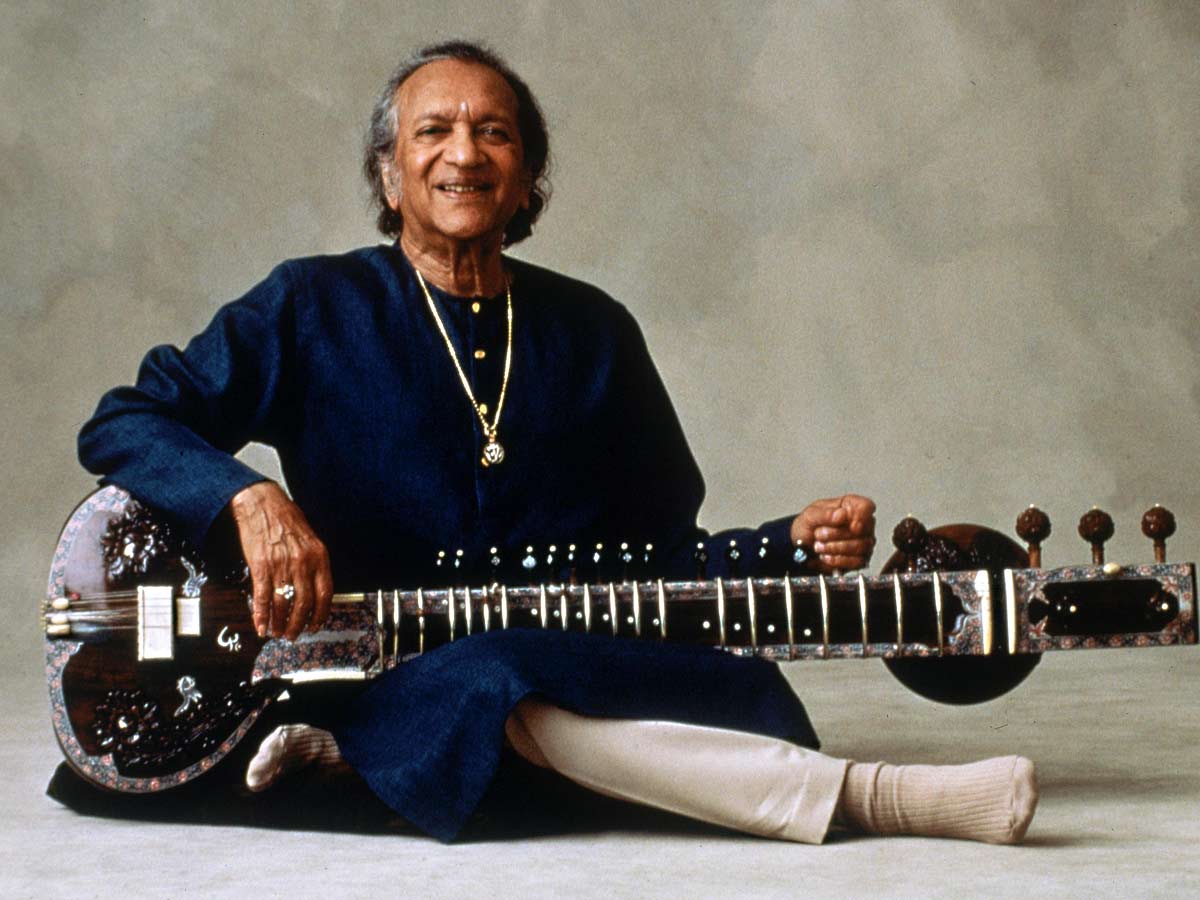
Pandit Ravi Shankar was one of the most renowned sitar musicians, famous for his invaluable contribution to Hindustani classical music. Born in 1920, he grew to be one of the 20th century’s most influential music masters. With ardent admirers and pupils, including the rock group, The Byrds and George Harrison from The Beatles, his music has had a global influence. He was awarded countless awards and distinctions in his lifetime, especially receiving in 1999 the Bharat Ratna (the highest civilian award in India).
Hariprasad Chaurasia

Hariprasad Chaurasia, a Padma Shree and a Padma Vibushan winner, a legendary Indian flutist, and one of the legendary masters of the northern Indian bamboo flute. Hariprasad Chaurasia was the son of a fighter, unlike many Indian musicians born into musical families. He had to revolt against his father. At the age of 15, he secretly started to learn classical vocal music from his neighbor. He was profoundly inspired by his music after meeting the renowned flute player Pandit Bholanath Prasanna of Varanasi. He started learning to play the flute under his guidance.
Pandit Shankar
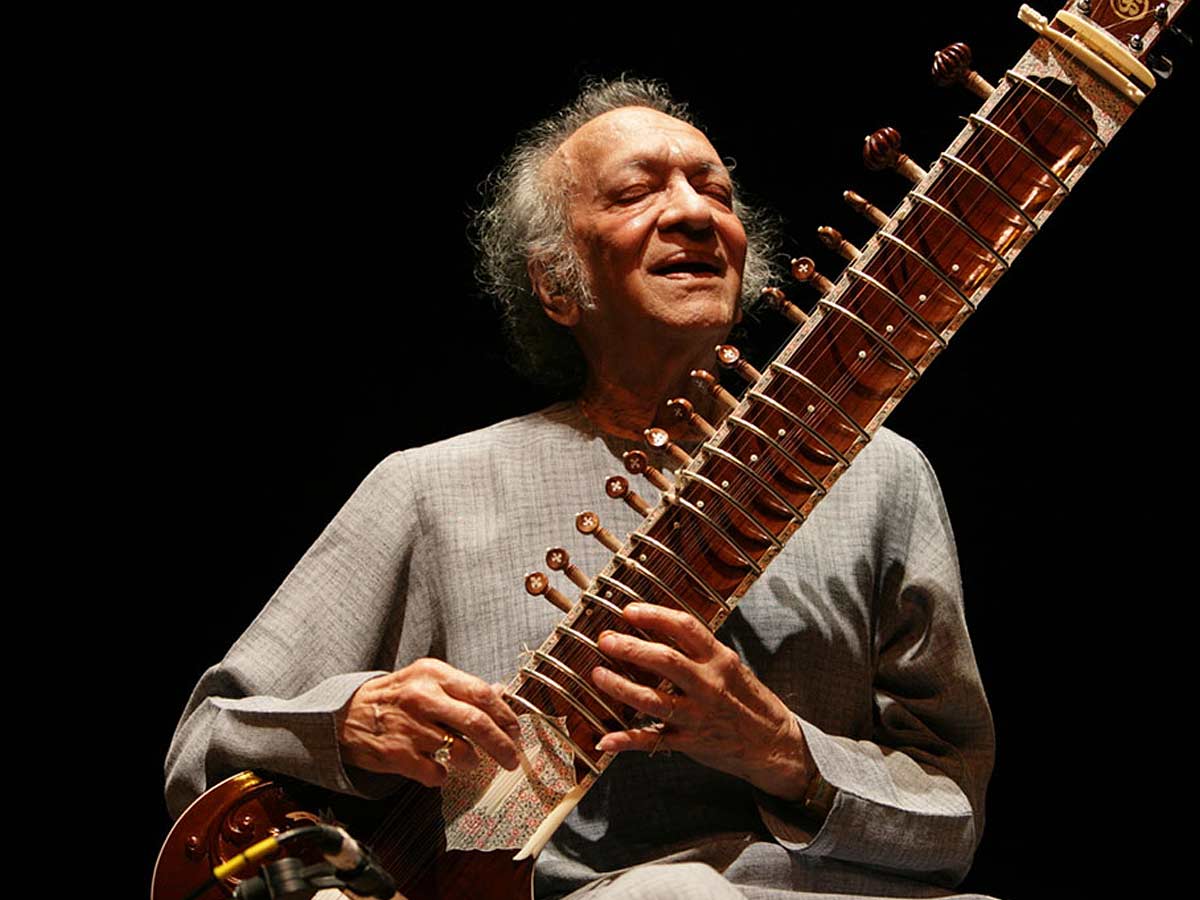
Sharma, a well-known Santoor player, is solely responsible for making the instrument a standard classical music instrument. He has also received accolades worldwide as a recipient of the Padma Shree and Padma Vibhushan awards. He is one of those unusual musicians who made a mark in mainstream film music as well. A manifestation of his artistic genius is his compositions for blockbusters such as Silsila and Chandni.
R.D. Burman
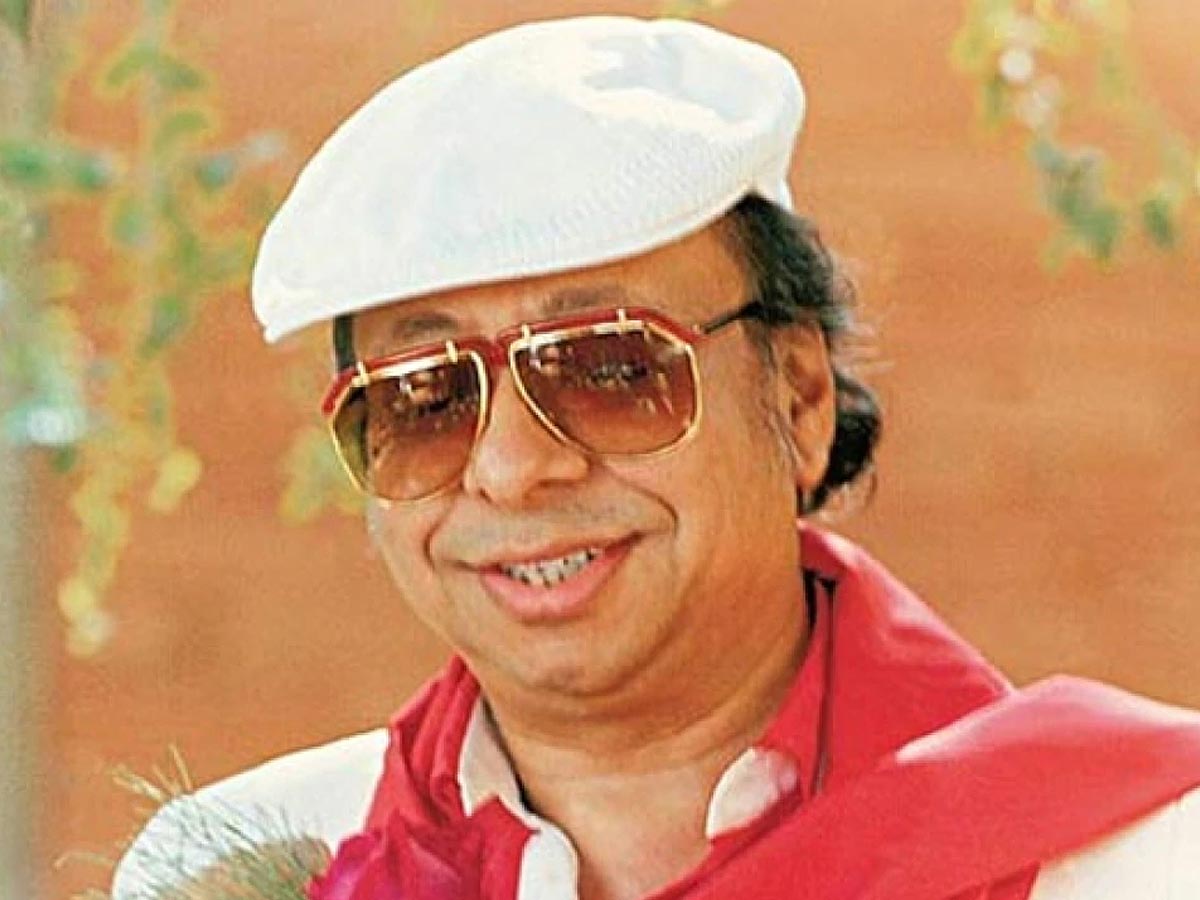
He was the man who began Western tunes to the Hindi film industry, popularly known as ‘Panchamda.’ Innovative and new to Indian ears were his musical concepts. He was heavily influenced by Western music, particularly Arabic and Persian music. He experimented with fusion music and some boundary-breaking songs in several genres.
Jagjit Singh

This renowned singer, writer, and musician from India were famously dubbed the ‘Gazal King.’ With his soulful and mesmerizing voice, he achieved immense popularity in many music genres, ranging from romantic songs to sad compositions and devotional hymns. He was married to Chitra, another leading singer, and the duo together created musical magic. Sadly, his only son’s death, following which his wife gave up music, troubled his personal life profoundly. Jagjit Singh, however, continued to sing and enthral audiences through his art by connecting with the most profound human emotions.
A.R. Rahman
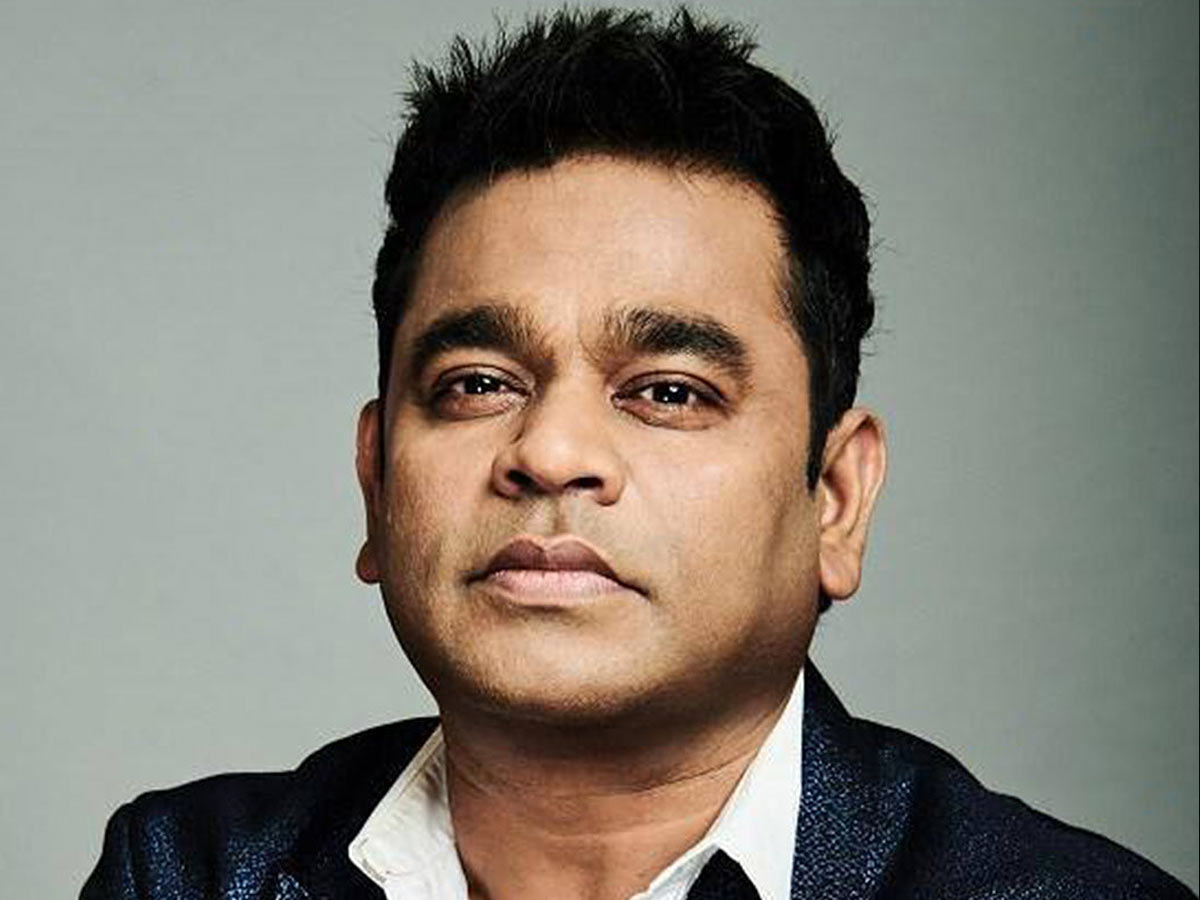
His music is a living legend and has the power to hit the deepest places of the human heart. During the past two decades, he has revolutionized Indian film music. His creative genius has charmed fans from Roja to Rockstar, making him one of the world’s all-time best-selling recording artists. Two Academy Awards, two Grammy Awards, a Golden Globe, a BAFTA Award, four National Awards, 15 Film Awards, and 13 Film Awards were awarded to him.
Also Read, Best Musicians of All Time
Zakir Hussain
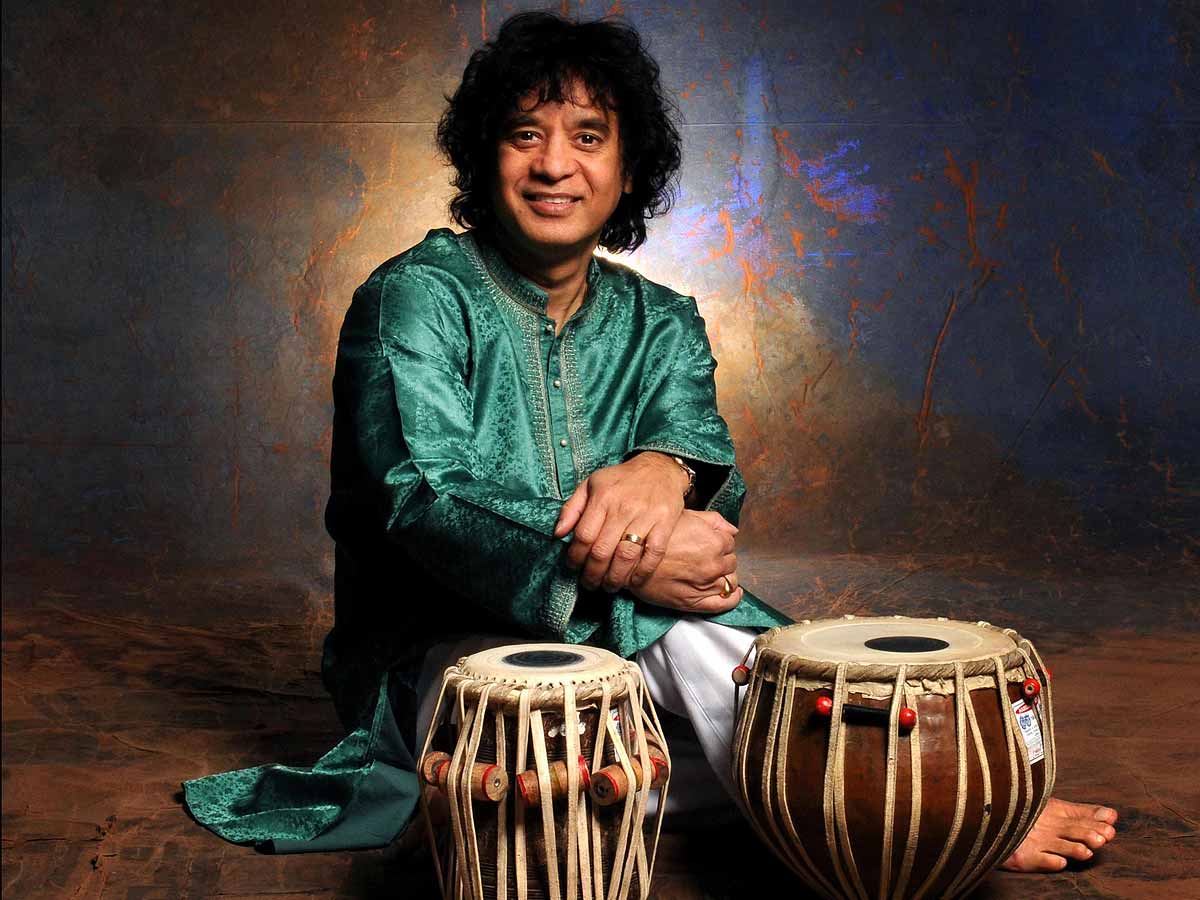
Ustad Zakir Hussain was born in Mahim, Mumbai, on March 9, 1951, although he is now based in San Francisco. He is a multi-talented legend who is a composer, percussionist, music maker, film actor, and Indian tabla virtuoso. He has achieved worldwide fame and is known as the most excellent Indian musician of all time.
Ustad Allah Rakha, his aunt, a legendary Tabla maestro, taught him ‘Pakhavaj’ from three and even teach him vocally by reciting various rhythms. At the age of 7, he took his first tour and began traveling at 11.
Through his solo excursions, he has accompanied several artists but also lifted his specter. He has worked with many musicians, including artists from Western countries. He colluded with violinist L. Shankar, guitarist John McLaughlin, Mridangam player Ramnad Raghavan, and legendary Ghatam player Vikku Vinayakram, a ‘Shakti’ fusion group that performed and received great acclaim worldwide. A second version of the Shakti party, Remember Shakti, was developed twenty years later, featuring U. Srinivas, Hussain Zakir, Selvaganesh TV, and Mahadevan Shankar.
Amjad Ali Khan
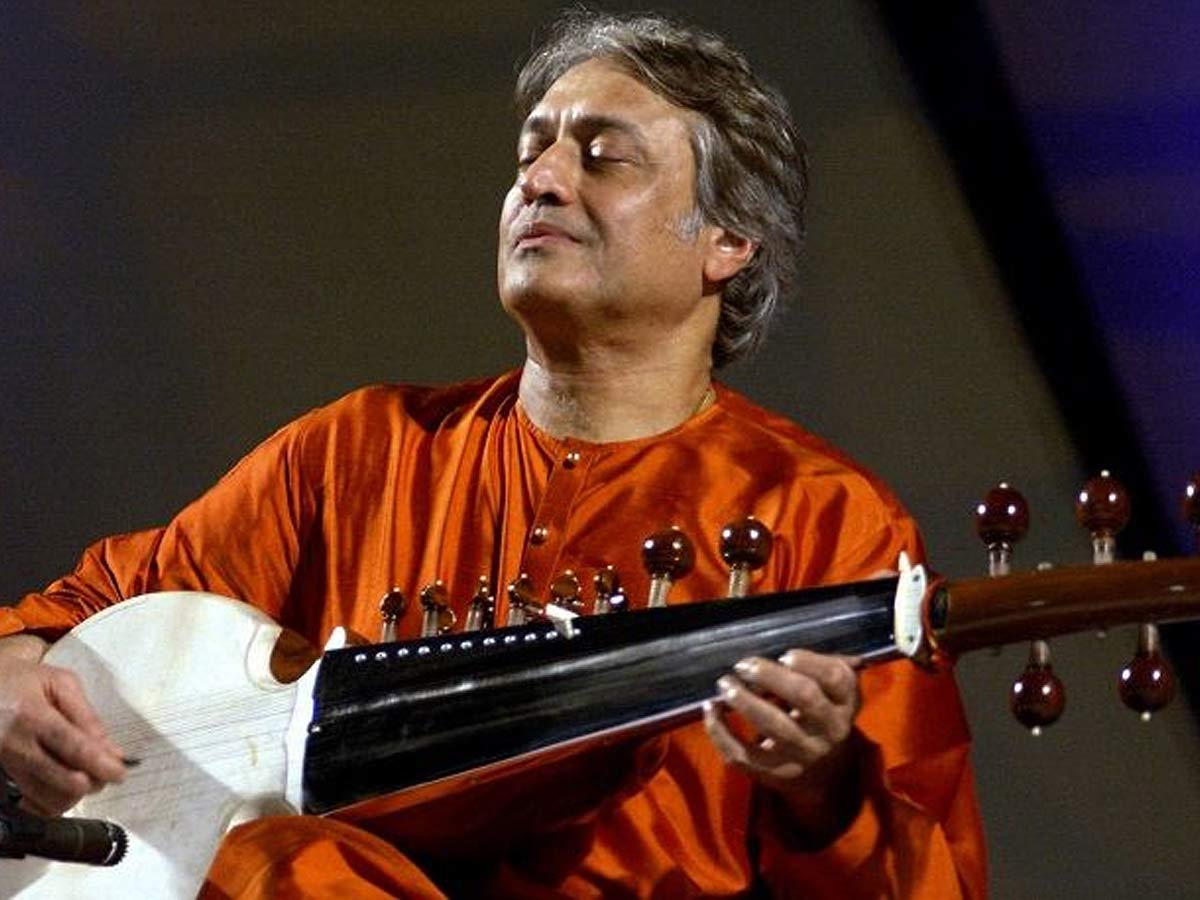
‘Amjad Ali Khan Bangash’ Sarod Maestro was born into a classical music family on October 9, 1945. He’s popularly known for ‘ekhara taans’ fast and straightforward.
He first emerged in the United States in 1963 and continued to perform with his sons through the year 2000 and, during his career, made changes to his instruments. He also performed with the Philharmonia Orchestra of Hong Kong.’ Until 2011, he was a visiting lecturer (professor) at the University of New Mexico.
Gulzar also directed an Amjad Ali Khan documentary that won the 1990 Filmfare Award.
He won the Padma Bhushan award in 1991 and the Padma Vibhushan award in 2001. In 2014, he performed ‘Raga for Peace’ at the Nobel Peace Prize Concert’ and his two sons’ Ayaan Ali Khan ‘and’ Amaan Ali Khan ‘in the year 2014.
Ram Narayan
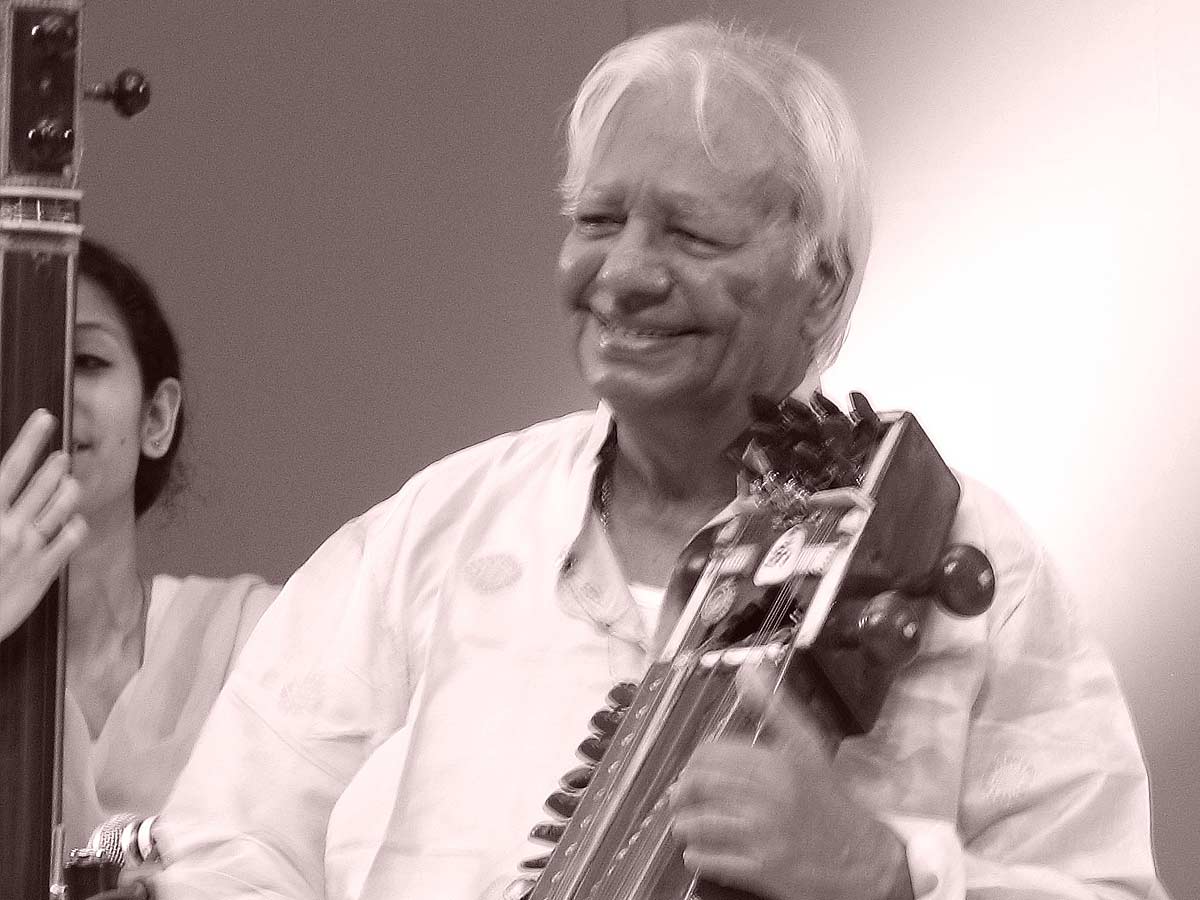
Pt. On December 25, 1927, Ram Narayan was born, an Indian musician credited with popularizing the instrument ‘Sarangi’ as a solo performance instrument and becoming the first internationally famous Sarangi player.
At a very young age, he began studying Sarangi and studied under Sarangi players and singers. He later collaborated as a music teacher and a traveling artist in his teen years.
He was later employed as an accompanist for vocalists in 1944 by All India Radio in Lahore. After the partition of 1947, he shifted to Delhi and began working in the Indian Cinema in 1949.
In 1956, he became a solo concert artist and played at important Indian festivals. Quite a lot as Pt. Ravi Shankar, also with his older brother ‘Chatur Lal’ who was a tabla player through whom the Sarangi instrument’s popularity grew, performed extensively in the western countries. He also released albums solo. He taught Indian students as well as international students.
In addition to several other awards, he won Padma Shri in 1976, Padma Bhushan in 1991, and Padma Vibhushan in 2005.

























